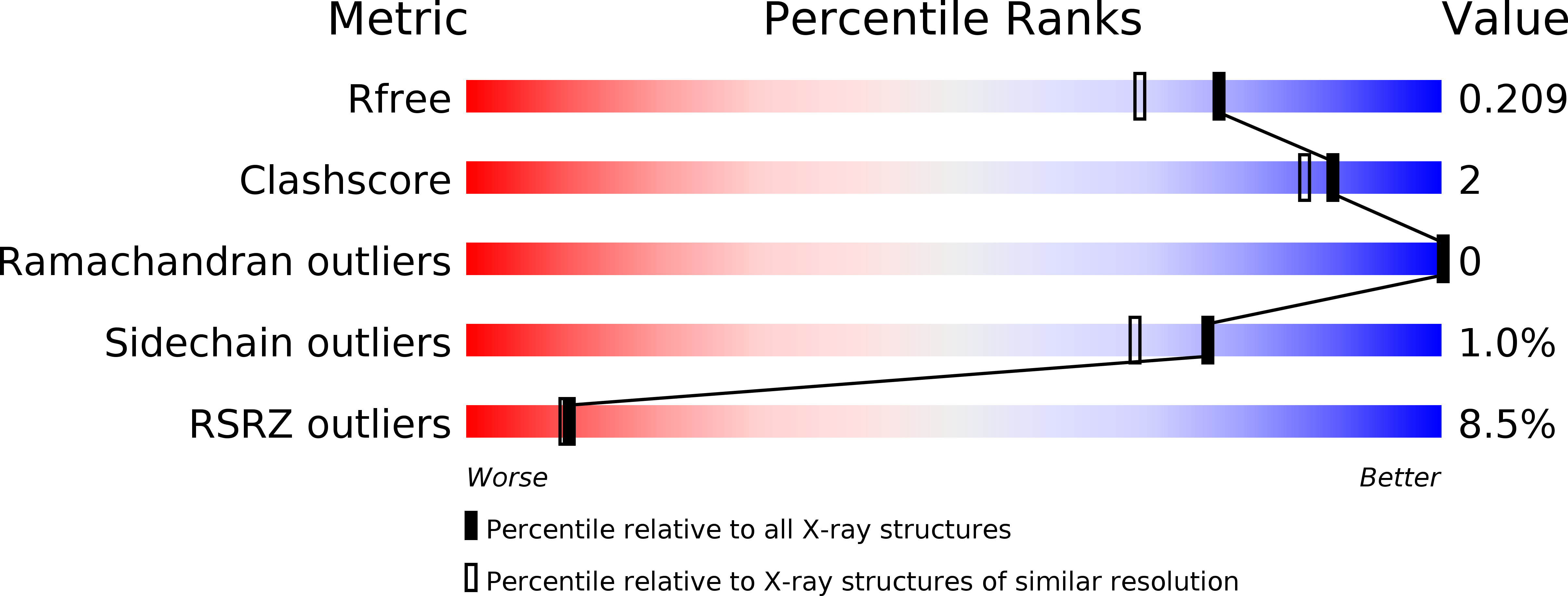
Deposition Date
2011-11-26
Release Date
2012-02-08
Last Version Date
2024-05-08
Entry Detail
PDB ID:
4A9O
Keywords:
Title:
N-TERMINAL BROMODOMAIN OF HUMAN BRD2 WITH 5 ethyl-3-methyl-4-phenyl-1, 2-oxazole
Biological Source:
Source Organism:
HOMO SAPIENS (Taxon ID: 9606)
Host Organism:
Method Details:
Experimental Method:
Resolution:
1.78 Å
R-Value Free:
0.19
R-Value Work:
0.17
R-Value Observed:
0.17
Space Group:
C 1 2 1


